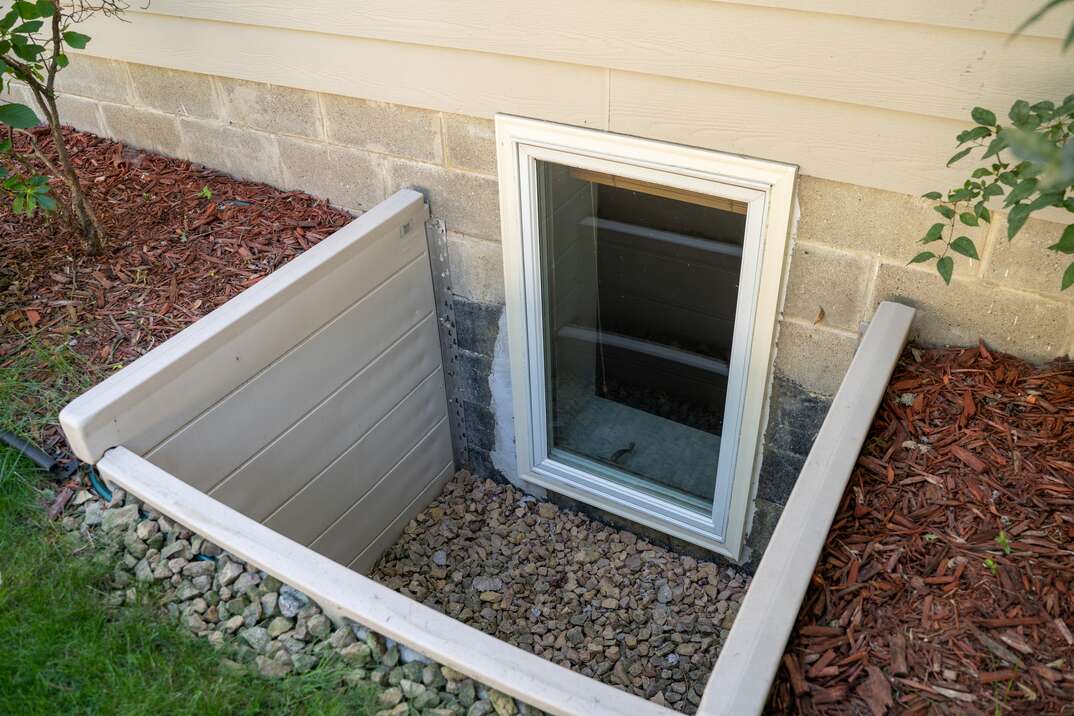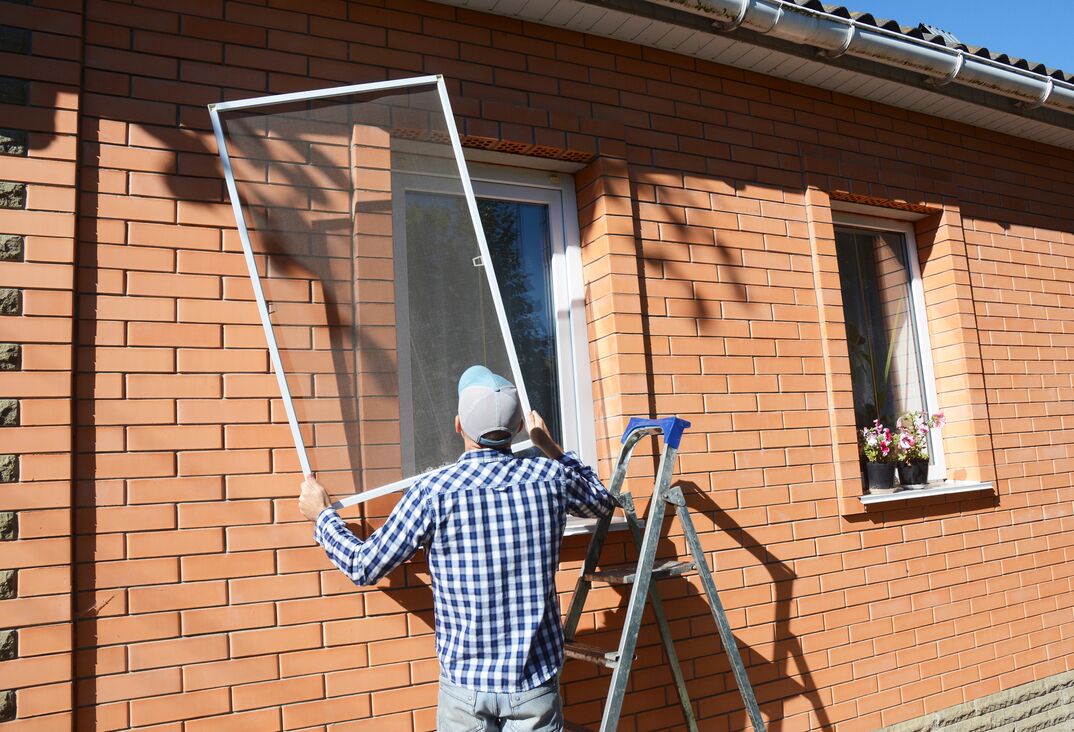Fall Home Maintenance Checklist
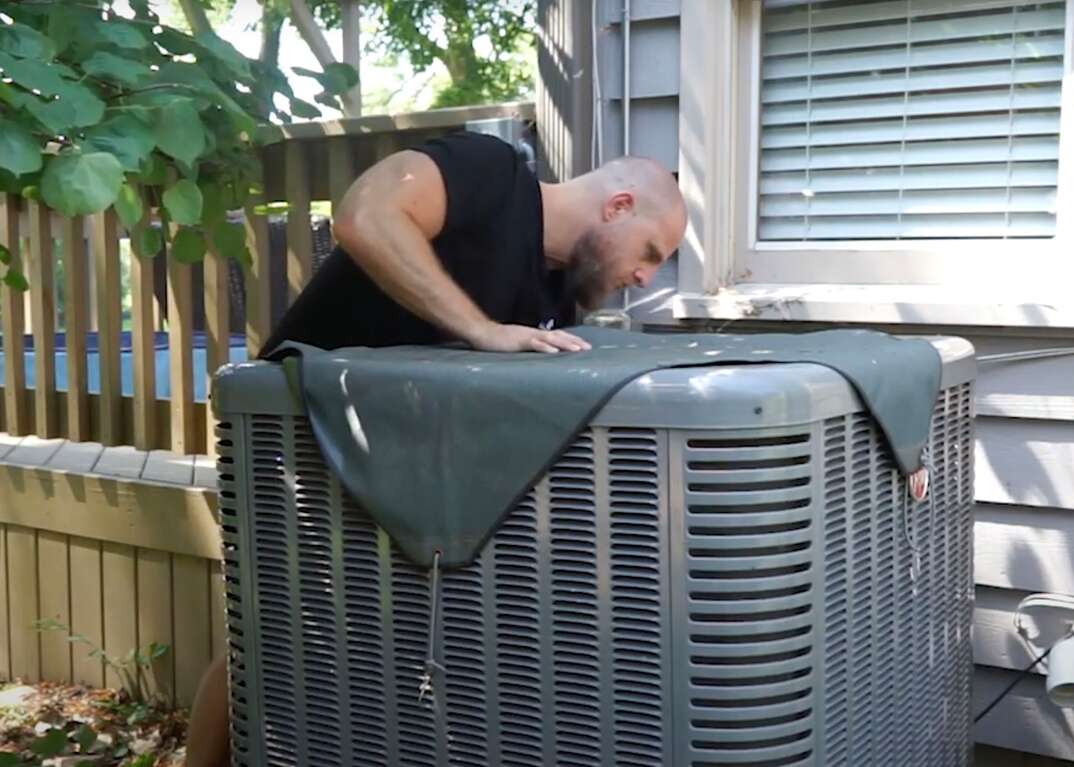
Fall Maintenance Checklist at a Glance
- Clean gutters and downspouts
- Check your roof
- Minimize lawn mold risk
- Aerate and fertilize lawn
- Prune trees
- Winterize water lines
- Prep heating system
- Service chimney
- Cover or store AC unit
- Seal gaps
- Inspect safety devices
- Rotate ceiling fans
- Prep equipment
While most people know that fall and raking go hand-in-hand, most homeowners are unaware of the multitude of home maintenance tasks that should be done during this season. Ignoring some of these tasks is relatively harmless, but neglecting others can leave your home exposed to serious damage over the harsh winter months.
This May Also Interest You: The Do’s and Don’ts of HVAC Maintenance
To keep that from happening to you, follow this fall home maintenance checklist to get your home ready for winter — inside and out.
Outdoor Fall Maintenance Tasks

Clean Your Gutters and Downspouts
Gutters and downspouts play a key role in protecting your doors, windows, siding and foundation from water damage. Cleaning them in the fall — after most of the leaves have fallen from the surrounding trees — is essential for protecting your home over the winter.
You can either clean your gutters from the roof or the ground. Using a ladder to climb up to the roof and manually removing leaves and other foreign matter is the most common method, but it’s also the most labor-intensive, time-consuming and dangerous. That being said, there are several types of gutter scoops available that can make the job easier.
A quicker and safer method is to clean your gutters from the ground using a gutter cleaning attachment on a pressure washer. If you don’t own a pressure washer yourself, you can rent one from many rental and home improvement companies, or borrow one.
Along with the gutters, check the downspouts for any obstructions that can restrict the flow of water from exiting the drain. If they’re clogged, you can usually insert the tip of a plumber’s snake into the bottom opening of the downspout and clear the obstruction like you would a regular drain.
Check Your Roof
The roof is your home’s first line of defense against interior water damage, so ensuring it’s in good condition before winter can spare you from expensive roof repairs down the road. If you’re cleaning your gutters from the roof, that’s an excellent time to inspect the condition of your roof as well. Otherwise, you can use a pair of binoculars to inspect your roof from afar. In either case, check your roof for:
- Cracked, damaged or missing shingles — especially on the ridge
- Shingles with moss and algae buildup, which may indicate underlying water damage
- Rusty, warped, loose or missing flashing
- Cracked, loose or missing rubber collars (AKA boots) around roof vents.
These issues should be repaired by a qualified professional as soon as possible. If you’re in doubt about the condition of your roof, it’s wise to hire a professional inspector.
Minimize Mold Risk on Your Lawn
Leaving a thick bed of fallen leaves through the winter months leaves it susceptible to a fungus called “snow mold” that causes discolored patches of grass in the affected area. As a result, thick sections of leaves should be removed from your lawn with a rake or leaf blower prior to heavy rain or snow. However, keeping a thin layer of leaves on your lawn will provide a beneficial layer of mulch, which will naturally fertilize the lawn as the leaves decompose.
Mowing your grass down to 1 1/2 to 2 inches (4 to 5 centimeters) can also combat snow mold, and mowing over leaves will help promote decomposition.
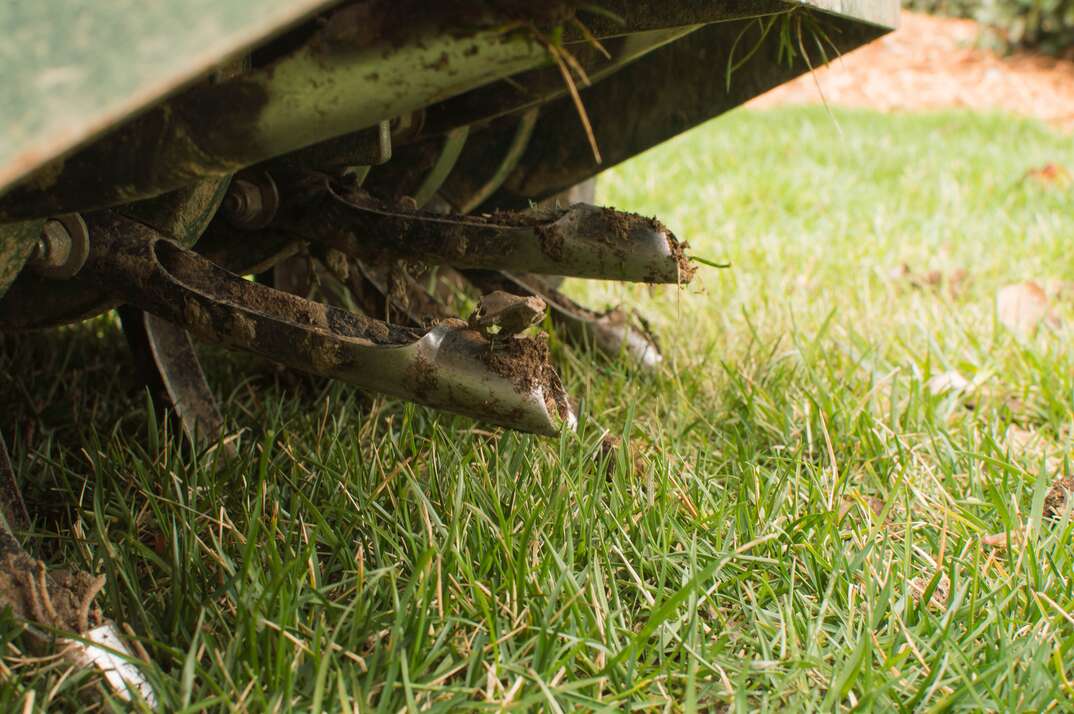
Treat Your Lawn: Aerate and Fertilize
Three weeks after your last mowing for the year, aerating and fertilizing your lawn will help keep it healthy — and in some cases, alive — through winter. Aerating is the process of puncturing holes into, or removing plugs from, your lawn. Doing so helps relieve soil compaction and allows for more air, water and nutrients to enter the soil. Aerating can either be performed manually with a number of aerating tools, or mechanically with an aerator that is often operated like a conventional lawnmower. Mechanical aerators can be rented from a number of machine rental and home improvement companies.
Immediately after aerating, apply a fall fertilizer to give your lawn an extra boost.
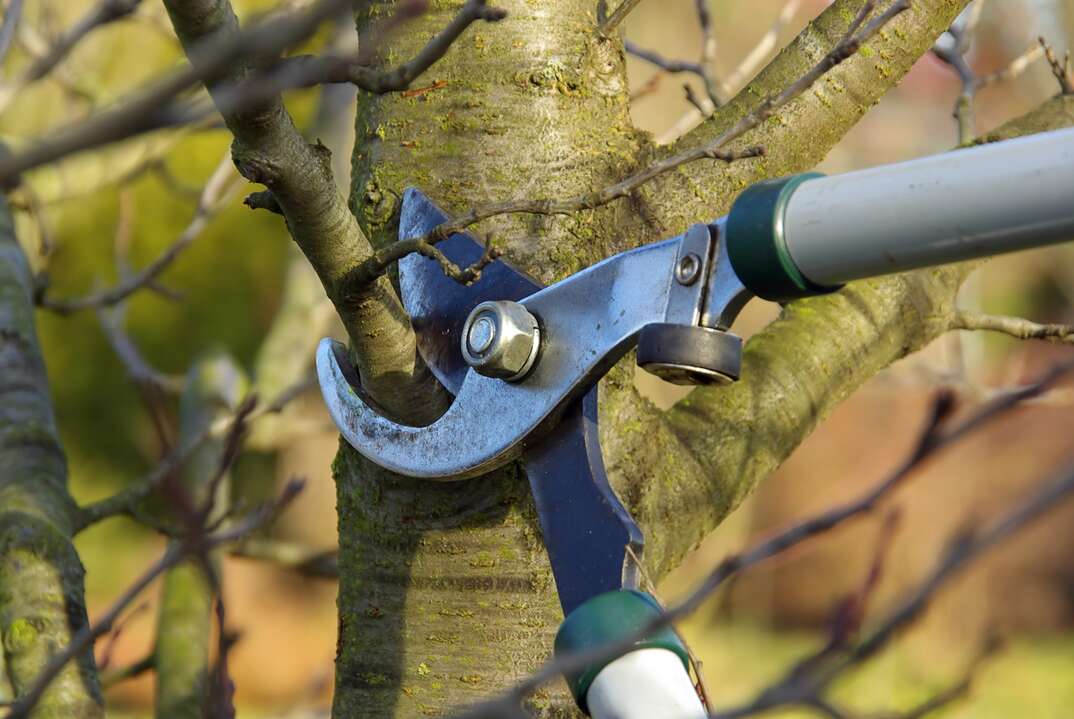
Prune Your Trees
Late fall is the ideal time to prune, for the health of the trees and the safety of your home. Tree limbs should ideally be cut 3 feet (1 meter) away from your house — especially if they’re hanging above the roof. Overhanging limbs can accumulate moisture that will drip onto the roof and siding, placing both at heightened risk for moisture damage. They can also cause catastrophic damage to your home if they break off and land on your roof. If the limbs can’t be fully removed, the deadwood should be removed from overhanging limbs at a minimum.
Consider hiring a professional arborist to trim your trees if you’re not experienced or equipped to do so yourself.
Winterize Your Water Lines
Standing water in outdoor water lines (above-ground spigots and underground irrigation lines) can freeze and cause them to rupture when temperatures drop. To combat this, they should either be fully drained or properly insulated.
Start by closing the shut-off valves that service your outdoor water lines. Once the water is off, open the valves on your above-ground spigots to drain residual water pressure from the lines. If you don’t have a designated shut-off valve that controls your outdoor spigots, wrap the pipes with pipe insulation. Drain any garden hoses that were connected to the spigots and bring them indoors for storage.
Below-ground irrigation systems should have their controller shut off and their lines drained. The exact shut-off and drainage procedure will vary between manufacturers, so you should either consult with the manual provided with your system or call an irrigation professional. If your irrigation system doesn’t have integrated drain valves, you may need to hire a pro to blow out the lines with compressed air.
More Related Articles:
- Is an HVAC Tune-up Worth the Price? (Yes, Yes It Is)
- How Much Does HVAC Repair and Maintenance Cost?
- Mow Money: Here’s How Much Lawn Care Services Cost
- Got Brown Patches and Bald Spots? Here’s How to Fix Lawn Damage
- How to Keep Your Lawn Green While Also Conserving Water
Indoor Fall Maintenance Tasks
Prepare Your Heating System
Your home’s central heating system should be inspected and serviced annually by a qualified professional. If your home has a central HVAC system — combining heating and air conditioning — you may have already serviced your system as a part of your summer maintenance. If you didn't get around to it, or if your home has a central heating boiler system, fall’s the perfect time to have your system professionally checked.
You can perform the following tasks yourself:
- Install a new furnace filter
- Release trapped air from (bleed) your hot water radiators
- Clean out clogged air vents on your steam radiators
Service Your Chimney
Your chimney should be cleaned after every 50 to 70 burns, or every 1 to 2 years. Over time, your chimney accumulates a compound called creosote that’s a major contributor to devastating chimney fires. A professional chimney cleaner will remove the creosote buildup from your chimney and inspect it for other potentially harmful elements, like a cracked liner or foreign material obstructions.
Store or Cover Your Window AC Unit
The exterior portion of window AC units can become damaged from excessive exposure to rain, snow and freezing temperatures. Protect your window AC unit from winter damage by removing it from the window and storing it indoors, or by covering the exposed portion. Window AC covers are available in a variety of sizes, so it’s important to take accurate measurements of your unit to order a cover with the proper dimensions.
Seal Gaps
Gaps between windows and doors are a primary contributor to heat loss, and large enough gaps can let rodents and insects into your home. Sealing gaps will keep unwanted critters out, and can slash up to 20% off your winter heating bill, according to the U.S. Department of Energy.
Start by visually inspecting around windows and doors for visible gaps or evidence of damaged caulking and weatherstripping. To locate gaps not visible to the naked eye, you can hold a stick of incense up to your windows and doors to see if any smoke gets sucked or blown outside. That indicates an air leak.
Weatherstripping can be installed around window and door frames, and you can apply caulk around trim, jambs and penetrations from plumbing, electrical or gas lines. Large gaps that can’t be caulked can be filled with insulating foam sealant.
Inspect Safety Devices
Your home’s safety devices — smoke alarms, carbon monoxide detectors and fire extinguishers — should be inspected and serviced annually. Giving them once-over in the fall can also be valuable, especially if you have a wood-burning fireplace.
Here’s what to do:
- Replace the batteries in each one of your smoke alarms and carbon monoxide detectors.
- Use the “test” feature on each smoke alarm and carbon monoxide detector to verify they’re working properly.
- Check the pressure gauge on each of your fire extinguishers to ensure they’re fully charged.
- Check the purchase or manufacture date on each fire extinguisher, and replace any that are over six years old.
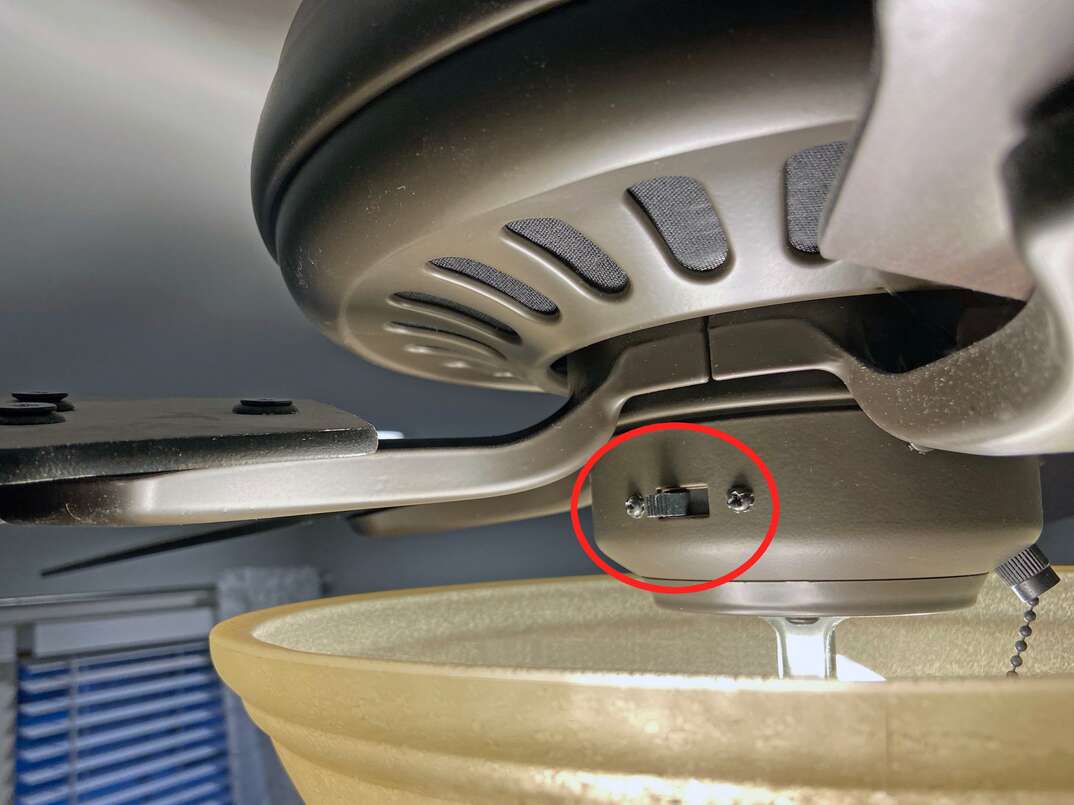
Change Your Ceiling Fan Direction
Over the winter, the blades on your ceiling fan should rotate clockwise to push the hot air collected near the ceiling towards the ground. Most ceiling fans have a switch on the side of the housing that controls the direction of the blades. If the switch on your fan is set to a counterclockwise rotation, switch it over to clockwise while the fan is off.
Prepare Equipment for Winter
Mechanical equipment that sits for long periods of time can develop start-up or running issues if it isn’t properly stored. Winterize mechanical lawn care equipment like lawnmowers, leaf blowers and chainsaws by draining their fuel tanks or adding a fuel stabilizer. You may also consider replacing the oil or having your equipment professionally serviced.
If you own a snowblower or similar equipment, make sure they're in working order before the snow begins to fall. If they weren’t properly stored, they may have start-up or running issues, like a clogged carburetor or filter. Fall’s a great time to have your snow equipment professionally serviced to ensure it’ll remain operational all winter long.

